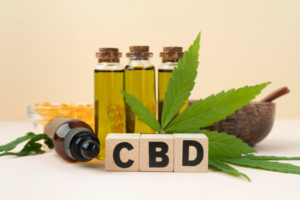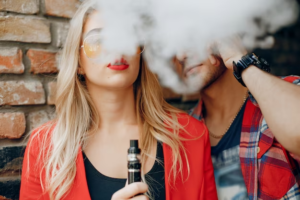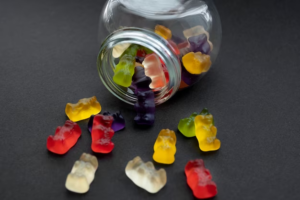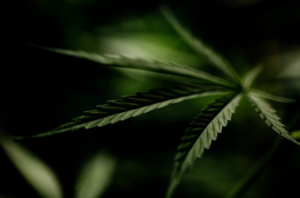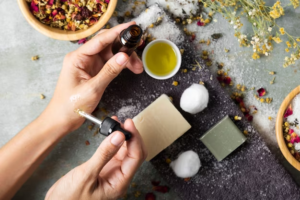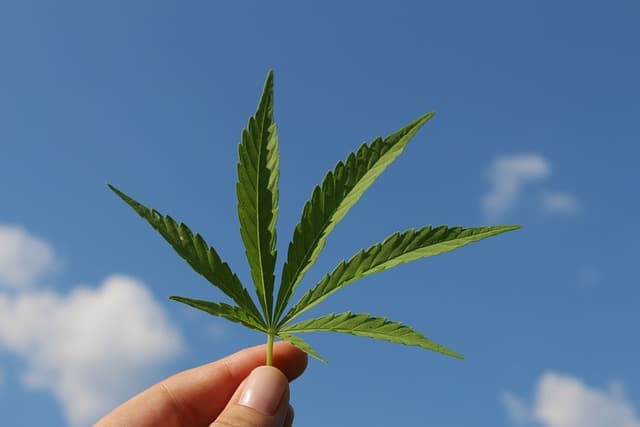
Understanding the implications of utilizing cannabidiol (CBD) products past their prime is essential for ensuring both safety and efficacy. This article provides an in-depth analysis, unfolding the mystery surrounding the use of outdated CBD, the factors influencing its shelf life, and the signs indicating its degradation.
Navigate through this comprehensive guide to make informed decisions and optimize the benefits of your CBD regimen.
The Reality of CBD Degradation
The surge in CBD’s popularity is undeniable, yet many consumers are left with questions regarding its longevity and indicators of expiration. It is a common query, and addressing it is paramount to ensuring consumers derive optimal benefits from their CBD products.
The Inevitable Expiry of CBD Products
Certainly, CBD products are not immune to the passage of time. Every health and wellness product, including those infused with CBD, possesses an intrinsic shelf life that users must heed to guarantee both safety and efficacy.
A product’s potency, taste, and safety are often compromised beyond this period, underscoring the need for awareness and caution.
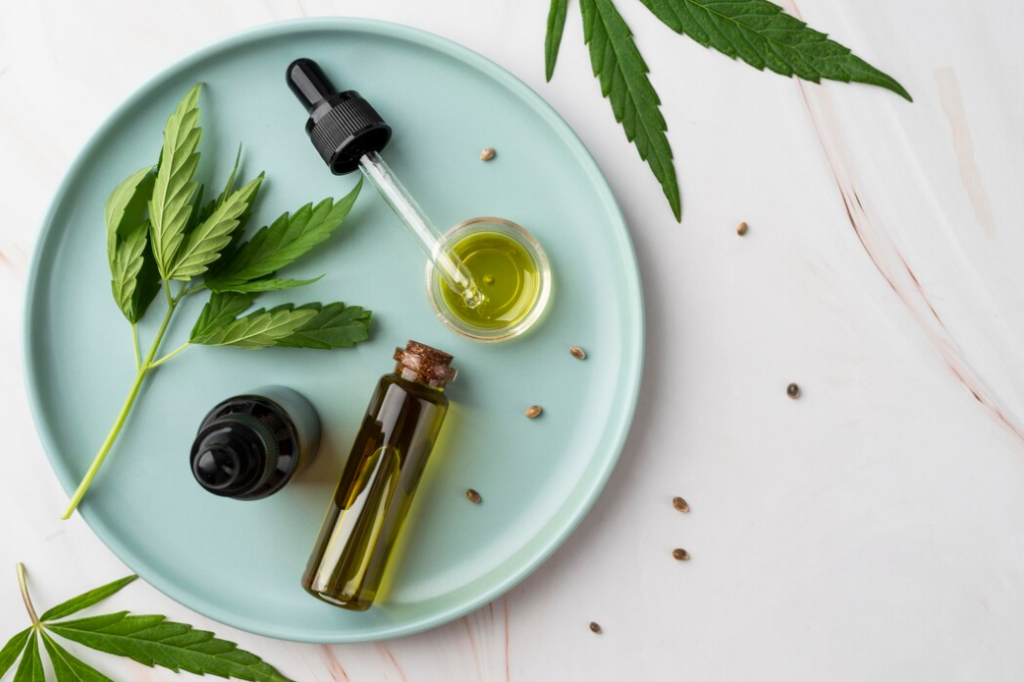
Influencing Factors of CBD’s Longevity:
- Composition: The incorporation of varying elements significantly impacts the lifespan of CBD products. The presence of supplementary compounds, such as vitamins and herbal extracts, each with distinct expiry timelines, plays a pivotal role.
- Quality Assurance: The absence of stringent regulatory oversight in the CBD sector underscores the prevalence of products of diverse quality. Opting for offerings from reputable sources with positive feedback is instrumental in securing products with extended longevity.
- Preservation Protocols: The role of appropriate storage conditions in preserving the potency of CBD cannot be overstated. Avoiding extremes of light and temperature is crucial in prolonging the efficacy of these products.
- Packaging Prowess: Innovative packaging designs, notably those utilizing dark-hued, airtight glass containers, offer enhanced protection against detrimental external elements, promoting extended preservation.
- Purity Levels: The concentration and purity of CBD contribute to determining its shelf life, with isolates typically offering extended usability compared to full-spectrum variants.
- Extraction Techniques: The methodology employed in extracting CBD is pivotal. Carbon dioxide extraction, although costly, yields a purer CBD variant associated with an enhanced shelf life.
Discerning the Expiry of CBD Products
A plethora of factors contribute to the longevity of CBD products, with a general usability window of one to two years. Adhering to storage recommendations and exercising caution during administration – avoiding contact between the dropper and mouth – is vital in mitigating bacterial contamination and extending the product’s usable life.
Navigating the complex landscape of CBD usage, especially concerning the implications of utilizing products beyond their optimal lifespan, necessitates a blend of awareness, caution, and education. The onus rests on consumers to equip themselves with pertinent knowledge to decipher the signs of CBD degradation, comprehend the variables impacting its shelf life, and implement strategies to safeguard against potential risks associated with expired products.
Evaluating the State of CBD Oil
Determining whether your CBD product is still viable or has declined in quality involves a thorough assessment. Various factors can signify a decline in its quality, including alterations in its aroma, flavor, color, and consistency:
- Aroma: Each CBD product emits a distinctive aroma, influenced by its composition and extraction process. A noticeable alteration in its scent can be a telltale sign of its degradation.
- Flavor: A change in the product’s taste is another indicator. However, it’s crucial to ensure the product is well-mixed, as the separation of its components can occasionally alter its taste temporarily.
- Color: The darkening or change in clarity can signify the oxidization of fatty acids, indicating a reduction in its effectiveness.
- Consistency: Alterations in its texture, especially when not reversed after returning to room temperature, can suggest the product is past its prime.
Storing CBD Products: Best Practices
The effectiveness and longevity of CBD products are heavily reliant on proper storage protocols. It is paramount to shield them from extreme temperatures, excessive light, and air exposure to maintain their quality.
- Temperature Control: Elevated temperatures can hasten the CBD degradation process. Maintaining a stable, moderate temperature, or opting for refrigeration when necessary, can prolong its efficacy.
- Light Exposure: Safeguarding the product from direct and ambient light is essential. Manufacturers often utilize dark, opaque bottles, or UV-protected packaging to mitigate light-induced degradation.
- Air Exposure: The infiltration of air can escalate the oxidation process, diminishing the CBD’s potency. Employing airtight containers and ensuring they are tightly sealed post-use is integral in preserving their quality.
These guidelines underscore the significance of storing CBD products in dark, cool environments, utilizing containers that offer optimal protection against detrimental external influences.
The Implications of Using Outdated CBD Products
Utilizing CBD products past their optimal period doesn’t typically result in adverse reactions. However, the diminished concentration of cannabinoids impacts their effectiveness and therapeutic benefits. As such, securing a new supply is advisable to ensure optimal benefits.
Extended Analysis and Insights
As the consumption of CBD continues to gain traction globally, the need for comprehensive insights into its longevity, storage, and the implications of using degraded products is becoming increasingly imperative. Armed with this knowledge, consumers can maximize the therapeutic benefits of CBD while ensuring safety and efficacy.
Detailed Examination of CBD Degradation Indicators
Recognizing a deteriorated CBD product requires a meticulous evaluation of its sensory attributes. The aroma, often characterized by an earthy or refined scent depending on the extraction and purification processes, can undergo a transformation, signaling a reduction in quality. Similarly, a deviation in flavor, unless caused by the natural separation of components, can indicate degradation.
The visual assessment is equally crucial. The presence of oxidized fatty acids often manifests as a change in color, exhibiting a darker hue or a lack of clarity. Furthermore, irreversible alterations in consistency, not attributable to temperature variations, can suggest the product is no longer at its peak.
Protocols for Effective Preservation
Effective preservation strategies hinge on mitigating the exposure to detrimental external elements. Implementing temperature control measures, either through maintaining ambient temperatures or refrigeration, is pivotal. The choice of storage location, ideally dark and devoid of direct or ambient light, plays a crucial role in prolonging the product’s lifespan.
Additionally, the selection of packaging is integral. Dark-hued, opaque containers or those offering UV protection are optimal. Ensuring these containers are airtight and securely sealed post-use can significantly reduce air exposure, mitigating the risk of accelerated oxidation and degradation.
Assessing the Use of Deteriorated CBD Products
While the consumption of outdated CBD products isn’t typically associated with adverse effects, the reduced potency of cannabinoids can compromise their therapeutic efficacy. As the product ages, a decline in the concentration of active compounds is inevitable, leading to diminished health and wellness benefits.
Consequently, users seeking to optimize the therapeutic outcomes of their CBD regimen are advised to replenish their supplies timely, ensuring they are utilizing products that are within their optimal lifespan, guaranteeing safety, potency, and maximum efficacy.
Additional Insights:
- Navigating the complexities associated with the use, preservation, and evaluation of CBD products necessitates a comprehensive understanding, informed by research, expert insights, and industry best practices. This in-depth exploration aims to equip consumers with the knowledge and tools required to make informed decisions, ensuring the safety, efficacy, and optimal therapeutic outcomes of their CBD regimen.
- By adhering to the outlined protocols for evaluation and storage, and recognizing the implications of utilizing outdated products, consumers can navigate the CBD landscape with confidence, maximizing benefits while ensuring safety and quality are uncompromised. This guide serves as an essential resource, providing insights, guidelines, and actionable strategies for both novice and seasoned CBD users alike.
Strategies for Proper Preservation of CBD Oil
Properly preserving CBD oil is a critical aspect that users must pay attention to, ensuring the maintenance of its quality, efficacy, and freshness. Given the sensitivity of CBD oil to oxygen, light, and temperature variations, implementing strategic storage measures is not just optional but essential.
CBD oil preservation can be likened to the storage of various other oils like olive or coconut oil. Fundamental to the preservation process is the consideration of the container in which the oil is stored. Ideally, CBD oil is housed in medical-grade, airtight containers made of dark glass to mitigate light exposure and assist in maintaining the right temperature. This type of packaging plays a pivotal role in curbing excess oxygen and other contaminants that can compromise the oil’s freshness and hasten its deterioration.
Additional measures to prolong the freshness and efficacy of CBD oil include:
- Maintaining Original Packaging: Retaining the oil in its initial package minimizes air exposure. Manufacturers design these packages to enhance the product’s lifespan.
- Temperature Regulation: It is advisable to store the oil at moderate temperatures, typically between 60 to 70°F (16 to 21°C), to preserve its quality.
- Avoiding Light Exposure: Placing the oil in dark, light-free environments, such as pantries or cupboards, ensures minimal light intrusion.
- Steering Clear of Extreme Temperatures: It’s crucial to keep the oil distant from excessive heat or cold sources, like radiators or air conditioners, to maintain its structural integrity.
- Utilizing Clean Utensils: Employing sanitized droppers or spoons curtails the risk of introducing bacteria into the oil.
- Ensuring Tight Closure: Securely closing the oil’s container post-use restricts air infiltration, preserving the oil’s quality.
Comprehensive Guide to Enhancing CBD Oil Longevity
The intricate dance between CBD oil’s efficacy and its preservation is choreographed by meticulous storage practices. With the oil’s vulnerability to environmental factors, a nuanced approach to its storage isn’t just beneficial but necessary.
CBD oil, akin to other nutritional oils, necessitates a storage environment that is devoid of excessive light, heat, and air. The synergy between the container and the storage environment is pivotal. Medical-grade, dark glass bottles are the gold standard, designed to mitigate light intrusion and facilitate optimal temperature maintenance while ensuring airtight conditions to ward off contaminants.
An exploration of nuanced storage tips reveals a tapestry of strategies designed to optimize the oil’s longevity:
- Upholding the Integrity of Original Packaging: The initial packaging is designed to counteract air exposure, a critical aspect of preserving the oil’s quality.
- Optimizing Temperature Conditions: A temperature range of 60 to 70°F (16 to 21°C) is identified as ideal, fostering an environment that upholds the oil’s structural and therapeutic integrity.
- Navigating Light Exposure: Dark, secluded storage spaces, shield the oil from light, a critical factor in preserving its potency.
- Countering Temperature Extremes: The oil’s proximity to heat or cold sources can be detrimental. Strategic placement ensures temperature stability.
- Implementing Hygienic Use Practices: The use of sterilized utensils is paramount in averting bacterial contamination.
- Airtight Closure Post-Use: A securely closed container is instrumental in minimizing air intrusion, a cornerstone in the oil’s preservation.
Final Thoughts
CBD oil, though having a shelf life, can have its longevity significantly enhanced through informed and strategic storage practices. The correlation between quality storage and preserved potency is inextricable. A cursory examination, accentuated by a keen sense of smell, can swiftly determine the oil’s usability if discovered after a prolonged period.
A narrative weaving through the complexities of CBD oil preservation underscores the convergence of informed storage practices and enhanced oil longevity. In the unfolding landscape of CBD oil utilization, these insights stand as pillars, guiding users to maximize therapeutic benefits whilst upholding safety and quality standards. Each storage tip is a thread in the intricate fabric of CBD oil preservation, designed to ensure users experience the oil’s holistic benefits in their undiluted form.

